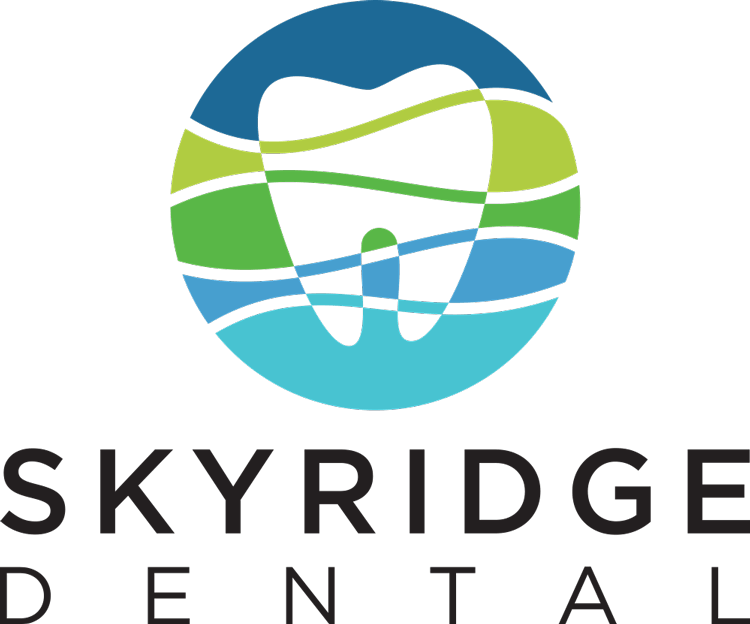Sedation Dentistry: Enhancing Your Dental Experience
When it comes to improving your dental experience, removing fear and anxiety, explore how sedation dentistry works to keep you calm and comfortable.
Most people tend to dislike going to the dentist despite how important it is for their overall dental health. For one, it can bring a lot of anxiety regarding the diagnosis and the nature of the care. There’s also the fact that patients have to keep their mouths wide open for extended periods of time.
Sedation dentistry exists to help overcome that anxiety as well as make procedures much easier for the person doing them. While it’s not always an option for every single dental appointment, it’s definitely something that patients will appreciate when available.
Read on to learn everything there is to know about dental oral sedation and how it’s used.
What Is Sedation Dentistry?
Sedation dentistry is the process in which patients are made comfortable for longer and more intensive dental procedures. It’s most commonly used for wisdom teeth extractions, root canals, and other similar procedures.
Whether or not a dentist opts for sedation over solely localized anesthesia also depends on the patient. Some patients may have trouble holding themselves still for long periods of time or have strong gag reflexes they can’t control. Other people have a fear of needles, dentists, or being confined to a chair.
Any patient can request sedation. However, dentists may not be comfortable putting you under for certain procedures. It’s also considered an additional cost, even if it’s required.
Methods of Dental Oral Sedation
Two terms you’ll see mentioned in relation to dental procedures are sedation and general anesthesia. A sedative refers to any drug that calms a person. It does not render you unconscious on its own, but it is the end goal of general anesthesia.
Sedation dentistry uses a combination of chemicals in order to achieve its end goal of rendering a patient unconscious and temporarily immune to pain. The most common types of sedation include nitrous oxide, oral conscious sedation, and IV sedation.
Nitrous oxide is known more colloquially as “laughing gas”. A mask is placed over a patient’s face and the gas pumped into it provides a calming effect within a few minutes. It also leaves your system within minutes.
Oral sedation refers to any sedative medication taken an hour before a procedure. It makes you groggy and possibly fall asleep, so you’ll need someone to drive you home afterward.
IV sedation is the deepest and most immediate type available. Sedative medications are delivered directly into your bloodstream and leave you with no memory of the procedure. They’re best used for lengthy or more intense procedures.
Who Can and Can’t Have Sedation?
Different weights, ages, and health conditions all affect the effectiveness of sedation.
When it comes to oral sedation, they can limit which medications are safe to use. For example, ketamine can serve as a conscious sedation agent but hasn’t been approved by the FDA for use on patients under the age of 16.
Dental sedation is not recommended for pregnant women. Neither is IV sedation. Laughing gas is only used after the first trimester.
There’s also the chance that you’re allergic to the medications used for sedation. Benzodiazepines are the most common medication to keep an eye out for.
Benefits of Dental Sedation
Despite the risks, dental sedation is often a necessary part of lengthier procedures. In many cases, patients will request sedation instead of going through the entire process awake.
Reduce Dental Anxiety
A major reason why people avoid dentists like the plague is because of their anxiety. Some people have had bad experiences in the past. Others dislike the nature of various procedures.
While there are ways to lessen this dental anxiety, knowing that sedation exists helps a lot. You won’t have to worry about trying to keep your mouth open for an hour-long procedure without having a panic attack. There’s also some pleasure in knowing you’ll continue to feel lingering effects of that sedation immediately afterward.
Lessen Discomfort
Even though there are devices to help hold a patient’s jaw in place, dentists still need them to hold their mouths open even wider. That can lead to incredible discomfort, pain, and stress. Additionally, patients will often gag if the procedure involves the back teeth.
When a patient is sedated, they sleep through the entire procedure. Their bodies are numbed and muscles relaxed.
Multiple Options Available
As previously stated, there are multiple different options of sedation provided for patients. Laughing gas is a good option for a more minor procedure and doesn’t have lingering effects. More serious operations like wisdom tooth removal may require much heavier sedation.
Safe Process
Sedation dentistry is a safe practice that helps far more than it could hurt. Only trained professionals are allowed to handle oral and IV sedation, and the side effects are minimal at best.
Quicker Procedure and Recovery Time
A sedated patient is much easier to operate on than a conscious one. That means the dentist can operate more quickly and efficiently.
As for the patient, recovery time after sedation is short. Laughing gas wears off after just a few minutes. IV sedation takes a full day to leave your system, but the effects can help with your overall pain and recovery.
Things to Keep in Mind
When you go into your consultation for a dental procedure, make sure to discuss any medical conditions you have and medications you take.
For example, a diabetic may become hypoglycemic during an operation. The office needs to be equipped to monitor a patient’s blood glucose levels and have a protocol for managing it.
Some of the sedatives may interact with certain medications. You should provide a full list for your dental care provider.
Finally, arrange for transportation after a procedure requiring oral or IV sedation. The effects will last for at least a few hours after you wake up, and you should not operate heavy machinery.
Trust in Sedation Dentistry
Not every dentist is out to cause you pain. In fact, a sedation dentist does the exact opposite. With their help, your primary dentist can give you the best treatment possible without worrying about your discomfort or involuntary reactions.
SkyRidge Dental has you covered if you want the best care possible in the Austin, Texas area. Our services include oral surgery, sedation dentistry, orthodontic treatments, and more. Contact us to learn how we can help you protect your smile.


Recent Comments